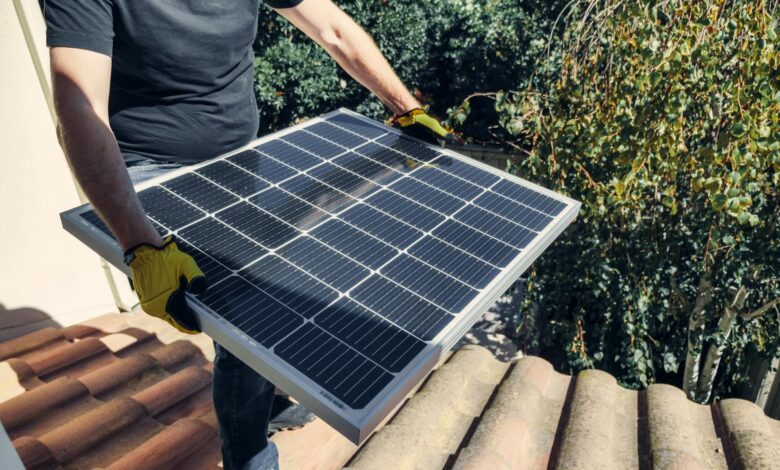Unleashing the Power of the Sun: How Does Solar Energy Work?

What is Solar Energy?
Solar energy is the radiant light and heat from the sun that is harnessed using a range of ever-evolving technologies. It is a renewable and sustainable source of energy that has the potential to revolutionize the way we power our homes, businesses, and communities. As the world grapples with the pressing need to reduce our reliance on fossil fuels and mitigate the impact of climate change, solar energy has emerged as a viable and increasingly affordable solution. If you’re asking “how does solar energy work”, read on to learn more.
The Basics of Solar Energy
At its core, solar energy is the result of nuclear fusion reactions taking place at the sun’s core, where hydrogen atoms are continuously being converted into helium. This process releases an immense amount of energy in the form of electromagnetic radiation, which we experience as sunlight and heat. As this radiation reaches the Earth, it can be captured and converted into various forms of useful energy, from electricity to heat.
How Does Solar Energy Work?
The process of harnessing solar energy and converting it into usable forms of energy is a fascinating and complex one. At the heart of this process are photovoltaic cells, which are the building blocks of solar panels. These cells are made from semiconductor materials, typically silicon, that are able to absorb the sun’s photons and generate an electric current.
Photovoltaic Cells: Converting Sunlight into Electricity
When sunlight strikes the surface of a photovoltaic cell, the photons in the light excite the electrons within the semiconductor material, causing them to break free from their atoms. This creates an electrical potential difference, or voltage, across the cell. By connecting multiple photovoltaic cells together in a solar panel, the cumulative voltage can be harnessed to generate a usable electric current.
Solar Panels and the Solar Power System
Solar panels are the primary component of a solar power system, consisting of an array of interconnected photovoltaic cells. These panels are designed to maximize the capture and conversion of sunlight into electricity. The electricity generated by the solar panels is then fed into an inverter, which converts the direct current (DC) electricity into alternating current (AC) that can be used to power homes, businesses, or the electrical grid.
Also read: The Remarkable Benefits of Planting Trees: Enhancing Our Environment and Quality of Life
The Role of Inverters and Batteries in Solar Energy Systems
Inverters play a critical role in a solar power system, as they are responsible for converting the DC electricity generated by the solar panels into AC electricity that can be used by household appliances or fed back into the electrical grid. In addition, many solar energy systems incorporate batteries to store excess energy generated during the day, allowing it to be used during periods of low sunlight or at night.
Grid-Tied vs. Off-Grid Solar Energy Systems
Solar energy systems can be designed to operate in two primary configurations: grid-tied and off-grid. Grid-tied systems are connected to the local electrical grid, allowing for the exchange of electricity between the solar power system and the grid. Off-grid systems, on the other hand, are not connected to the grid and rely entirely on the energy generated by the solar panels and stored in batteries to power the home or facility.
Advantages and Disadvantages of Solar Energy

The advantages of solar energy are numerous and compelling. It is a renewable, sustainable, and clean source of energy that produces no greenhouse gas emissions or other pollutants. Solar energy systems also have relatively low maintenance requirements and can provide long-term cost savings for homeowners and businesses. However, solar energy also has some limitations, such as its dependence on the availability of sunlight, the initial high cost of installation, and the need for energy storage solutions to address the intermittent nature of solar power.
The Future of Solar Energy
As the world continues to grapple with the challenges of climate change and the need for sustainable energy solutions, the future of solar energy looks increasingly bright. Advancements in solar panel technology, battery storage, and the integration of solar energy into the electrical grid are driving down costs and making solar power more accessible than ever before. With continued investment, innovation, and policy support, solar energy has the potential to play a crucial role in the global transition to a clean energy future.
To learn more about how solar energy can power your home or business, contact our team of solar energy experts today. We’ll provide a free consultation and help you explore the best solar energy solutions for your needs.




